Continued development of markets essential to greater output
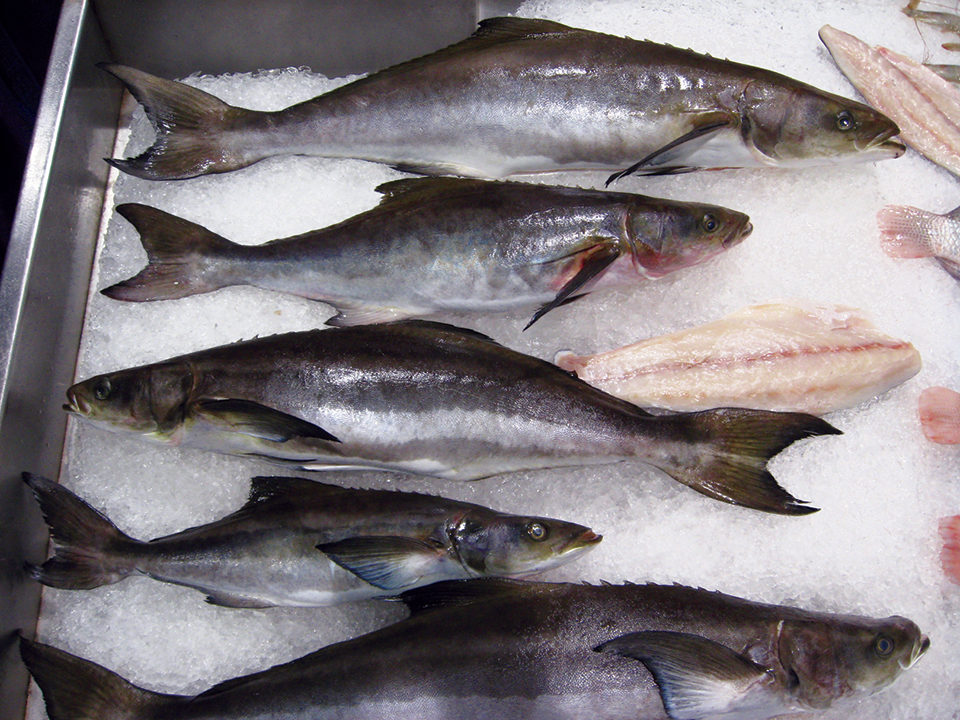
Globally, the culture of cobia, Rachycentron canadum, began in earnest in Taiwan in 1993. Today, cobia production initiatives are spread globally in tropical and subtropical latitudes. The countries with ongoing production include China, Vietnam, Indonesia, Thailand, Singapore, Malaysia, Philippines, India, Australia, United States, Belize, Dominican Republic, Panama, Mexico and Brazil. Cobia are also produced in Reunion and Mayotte in the southern Indian Ocean.
At present, the global economic slowdown has negatively affected numerous expansion efforts around the world. An additional regional constraint in the southeastern Chinese and northern Vietnamese coastal areas has been the exceptionally low temperatures experienced during the winter of 2007-2008, which caused large reductions in output during 2008. These constraints however, are expected to be short-term interruptions in what eventually will likely become a significant species in global marine aquaculture.
Production
While official numbers are lower, conservative 2007-2008 cobia production numbers for the Asia Pacific region exceed 35,000 metric tons (MT) annually, with remaining global production adding an additional 2,000 MT. The majority of global production is generated in nearshore net pens, with trends also moving toward offshore net pen production. In North America, significant initiatives are under way to develop production in indoor intensive recirculating aquaculture production systems. These trends are driven by environmental as well as regulatory issues, in addition to enhanced production and product biosecurity concerns.
Markets
Global markets for cobia can be described as fragmented, with significant variation among countries, and even regions within countries. These variations are directly related to low production levels and will moderate as production begins to increase. Long-term projections put cobia production at levels sufficient to reflect commodity sector characteristics.
In Asia, Taiwan is the most visible market, although there likely is also strong interest on the China mainland. In 1995, Taiwan produced 200 MT – and the farmers considered it impossible to market larger volumes – but Taiwan’s cobia consumption has reached 4,000 MT. In addition to the effects of the cold 2007-2008 winter, Taiwan is experiencing production constraints and is not expected to significantly increase its production. At present, larger cobia over 7 kg in size are imported from mainland China and Vietnam.
The domestic Taiwanese production, especially from the Penghu Islands, is sold at attractive prices for fish up to 5.5 kg, with values up to U.S. $6/kg due to branding. The development of cobia markets in Taiwan benefited from a strong, centralized national initiative to enhance offshore farming.
In Vietnam, domestic production is increasingly sold at markets in Hanoi and Ho Chi Minh City. Fish sold into the local market are around 5 kg each. The average price to the farmers is around $4.5/kg for fish in the round.
In mainland China, cobia prices have been as low as $3.5/kg for 5-kg fish, leading many producers to switch to pompano culture. Aside from Taiwanese markets, there is a general trend in Asia for smaller cobia, even as little as 2 kg. This shift may be more producer driven than market driven, because farmers experience higher feed-conversion rates when producing fish larger than 5 kg.
Presently in Australia, the farm gate price for cobia is around AUD 10/kg ($7/kg) for whole fish. This is competitive with other domestically cultivated species such as barramundi and yellowtail. As such, a percentage of future barramundi production is expected to shift to cobia as in-country cobia hatchery capacity gears up.
In 2005, headed and gutted cobia from the Caribbean were running FOB in Miami, Florida, USA, about $10/kg. In 2008, fresh headed, gutted and tailed cobia “bullets” from Central America ran $13/kg FOB Boston, with fresh fillets at $26/kg or so. Furthermore, wild product is seasonally available in the United States in Gulf Coast and southeast Atlantic states. In Virginia, 2008 retail prices for wild-caught cobia were in the $35-40/kg range for skinless fillets.
In the South Indian Ocean, 100 percent of the cultured cobia production from Reunion and Mayotte is sold into local markets. For 2008, farm gate prices averaged 10 euros/kg ($14.28/kg) for fresh whole fish. The maximum price for skin-on fillets has been 22 euros/kg ($31.43/kg).
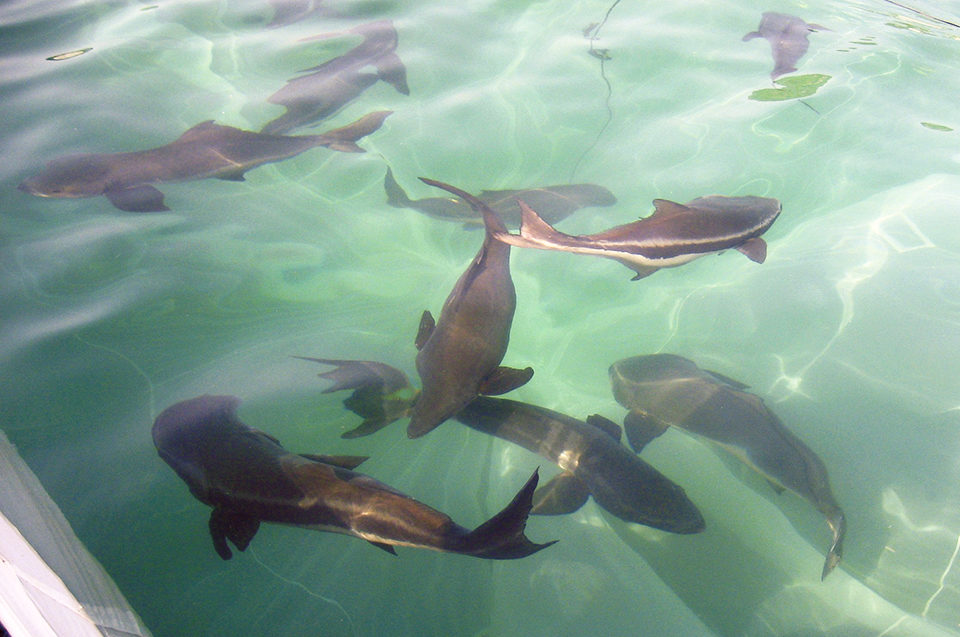
Challenges
Broodstock
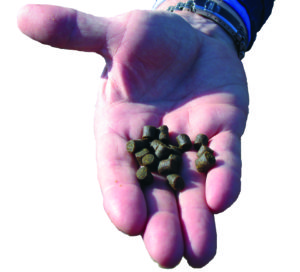
Among the greatest challenges associated with cobia broodstock is the relationship of their size to net pen or hatchery system requirements. This has effectively resulted in a lack of genetic selection and the potential for loss of genetic diversity, as well as continued reliance by research and industry on imported wild broodstock.
This reliance upon wild broodstock poses significant biosecurity risks in the attempt to produce specific pathogen-free offspring. In addition, there is a general lack of understanding of broodstock nutrition and resultant fry quantity and quality production issues in the Americas. This appears to be less of an issue in Asia, where trash fish or other wild fishery coproducts are commonly fed in productions pens, which in turn supply populations for broodstock selection.
Diseases
While diseases can be controlled and often eliminated through biosecure practices in intensive recirculating systems, the majority of global cobia production presently takes place in net pen and cage culture. These systems, as well as hatcheries, can have significant disease issues related to Amyloodinium, Benedenia, Pasteurella and vibrios. In daily operations, most net pen and cage culture farmers identify parasites as one of their greatest production problems.
Production diets
While ongoing research is promising for significant replacement of fishmeal and fish oils in cobia growout diets, a high percentage of fishmeal is still characteristic of most commercially available pelletized cobia feeds. Ongoing research is beginning to focus upon the finishing feeds that will be necessary to counteract nutritional, texture and consumer acceptance profiles, which can be compromised during growout on diets with low levels of fishmeal and fish oil.
Furthermore, present production diets yield feed-conversion ratios around 2.5 or higher. Further research is needed to reduce this ratio by improving feeds, as well as to develop more consumer-tailored feed formulations and feeding management.
Marketing and promotion
Among the greatest of challenges for increasing commercial production of cobia is the continued development of markets. While well known in temperate coastal communities where this fish is indigenous during its summer migrations, as well as the tropics, this product has never been landed in any large volume. Likewise, outside coastal areas, it often has never been seen, much less promoted in mainstream distribution networks. This is true for the United States and European Union, as well as other potential markets around the world. This necessitates significant generic marketing initiatives to handle the anticipated increases in product volume.
(Editor’s Note: This article was originally published in the January/February 2009 print edition of the Global Aquaculture Advocate.)
Now that you've reached the end of the article ...
… please consider supporting GSA’s mission to advance responsible seafood practices through education, advocacy and third-party assurances. The Advocate aims to document the evolution of responsible seafood practices and share the expansive knowledge of our vast network of contributors.
By becoming a Global Seafood Alliance member, you’re ensuring that all of the pre-competitive work we do through member benefits, resources and events can continue. Individual membership costs just $50 a year.
Not a GSA member? Join us.
Authors
-
Michael H. Schwarz, Ph.D.
Virginia Tech
Virginia Seafood AREC
102 South King Street
Hampton, Virginia 23669 USA[117,100,101,46,116,118,64,122,114,97,119,104,99,115,109]
-
Niels Svennevig, Ph.D.
Tropical Center
SINTEF Fisheries and Aquaculture
Trondheim, Norway
Tagged With
Related Posts
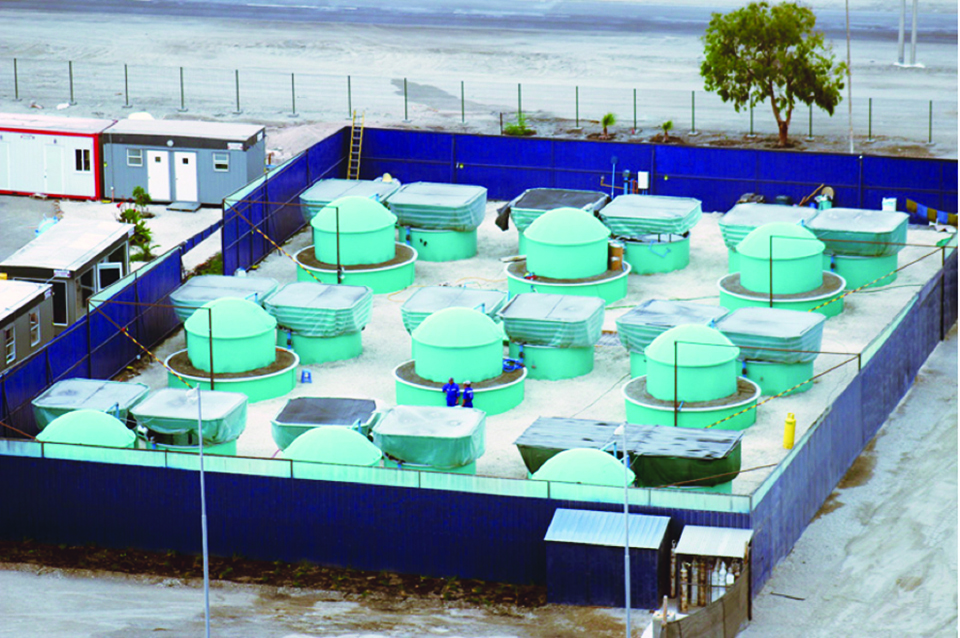
Health & Welfare
Cobia culture in recirculating systems
A unique pilot project supported by northern Chile’s biggest power-generating company and the Undersecretary of Fisheries and Aquaculture is raising cobia in a recirculating aquaculture system in the desert.
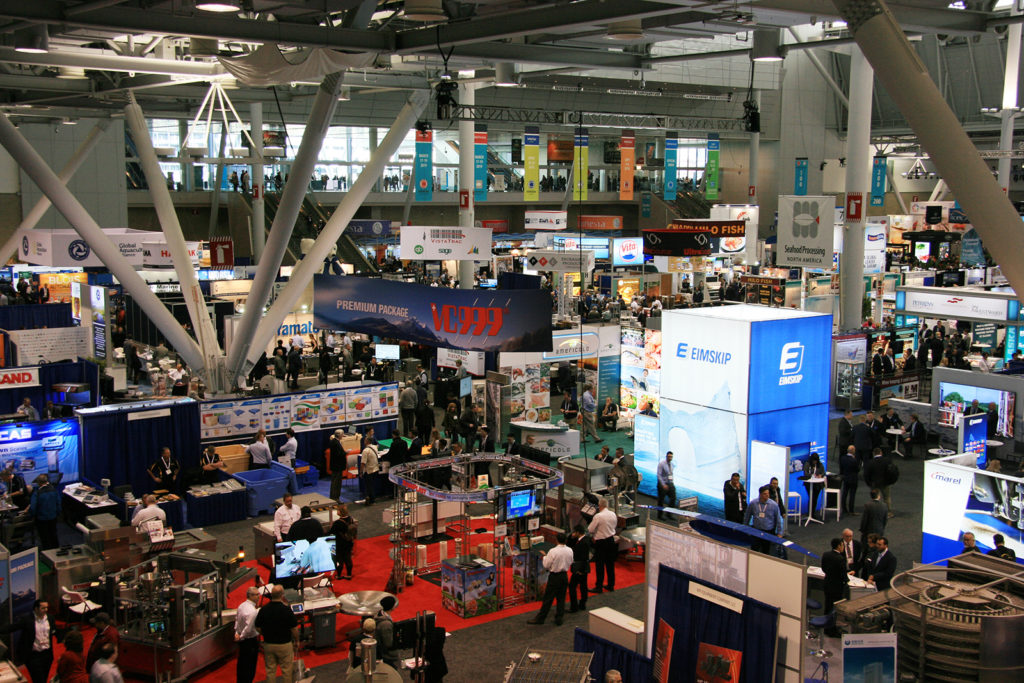
Intelligence
Canned mahimahi and more bits from Boston
Global Aquaculture Advocate Editor James Wright is covering Seafood Expo North America in Boston, Mass., USA. Check back periodically for updates.
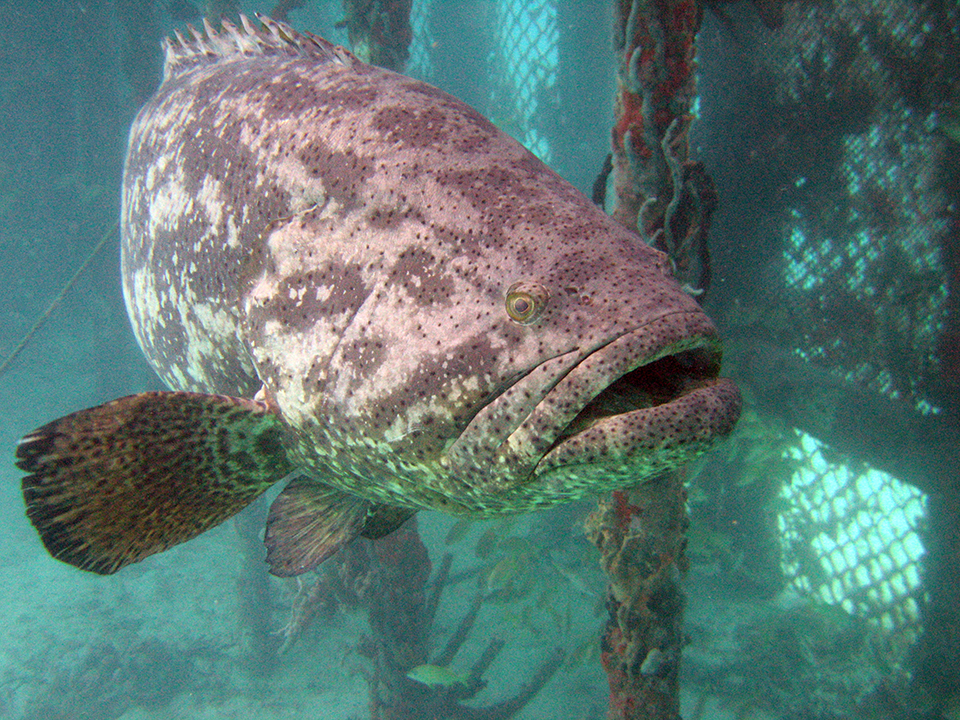
Innovation & Investment
Colombia to diversify its aquaculture industry through marine fish culture
A collaboration among the Center for Aquaculture Research in Colombia, Center for Research, Education and Recreation, and University of Miami is working to adapt the latest aquaculture technology available worldwide to local conditions and create opportunities for farming new commercial species in Colombia.
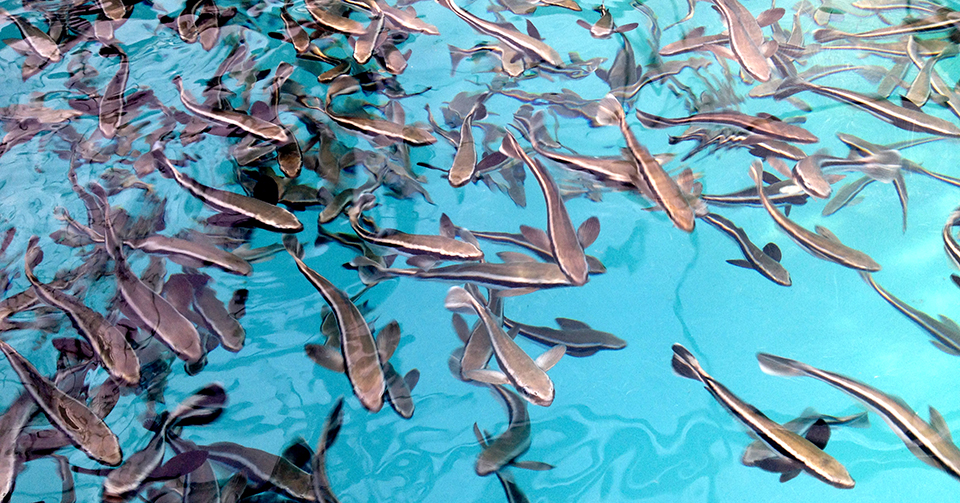
Health & Welfare
Fishmeal replacement in cobia diets reduces costs, improves sustainability
Scientists have been working to understand cobia’s nutritional requirements and advance the economic and environmental sustainability of feeding carnivorous fish using fishmeal alternatives.


